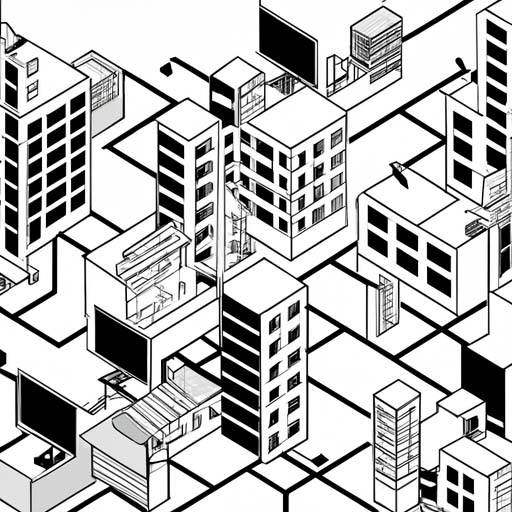Geofencing is a technology that allows for the creation of virtual boundaries in the sky. These boundaries can be used to prevent drones from entering certain areas, such as airports or government buildings, and can help to prevent unwanted incursions and optimize drone-powered services. Counter-drone solutions, which include geofencing, are becoming increasingly important as drones pose significant security risks. Geofencing works by defining allowed operating regions for drones using radio frequencies, GPS, or a combination of both. When a drone reaches a prohibited area, geofencing software initiates preset reactions, such as warnings, alerts, or automated landing directions. Geofencing technology also allows authorities to monitor drone activities within and near no-fly zones in real-time, ensuring quick reactions to unwanted invasions. Geofencing is adaptable and can change dynamically in response to events or evolving security requirements. While geofencing improves security, it also raises privacy concerns, as drone monitoring data must be managed carefully to balance individual privacy rights and counter-drone operations. Additionally, geofencing has other uses beyond counter-drone efforts, such as managing precision agricultural applications or aiding in search and rescue missions. Geofencing is a key component of layered security in protecting vital infrastructure and airspace from rogue drones. In conclusion, geofencing is an essential technology in today’s counter-drone solutions and offers location-based services to various sectors.
